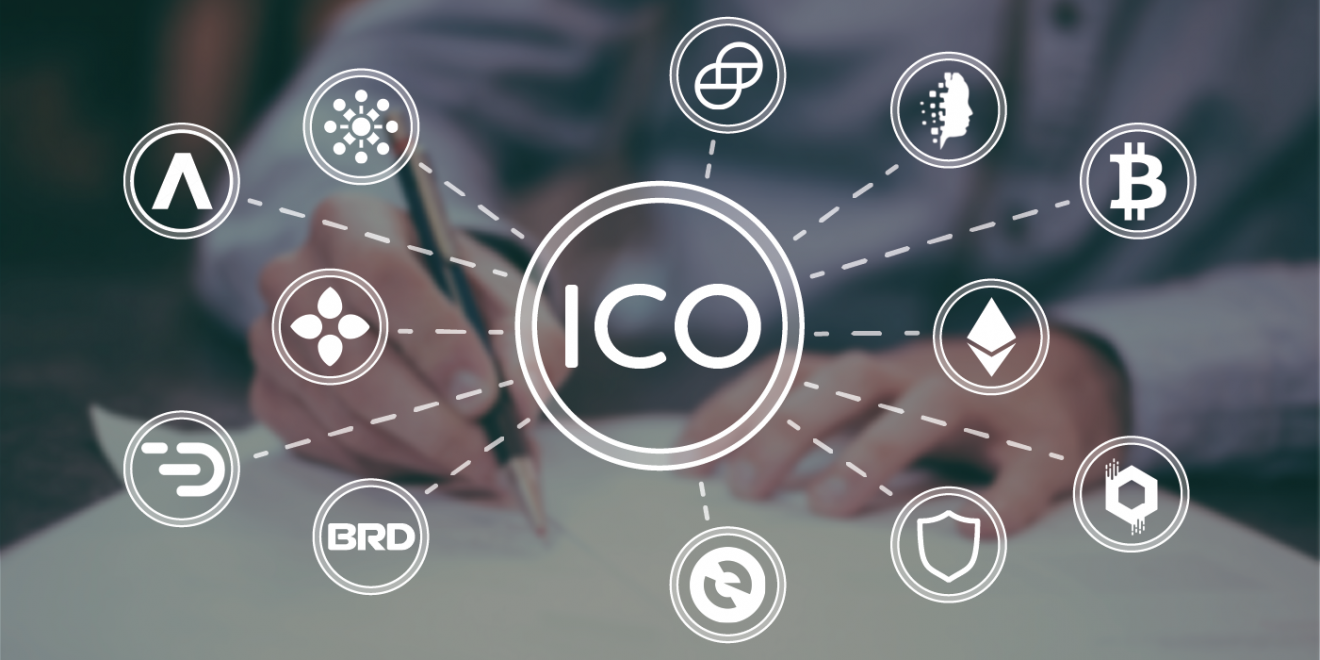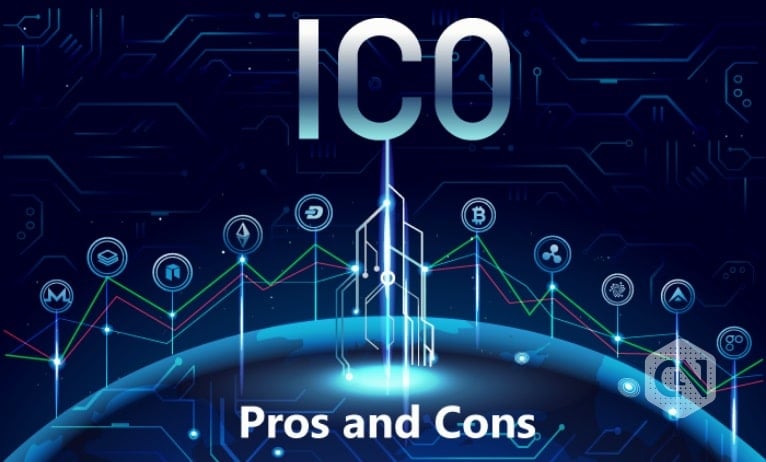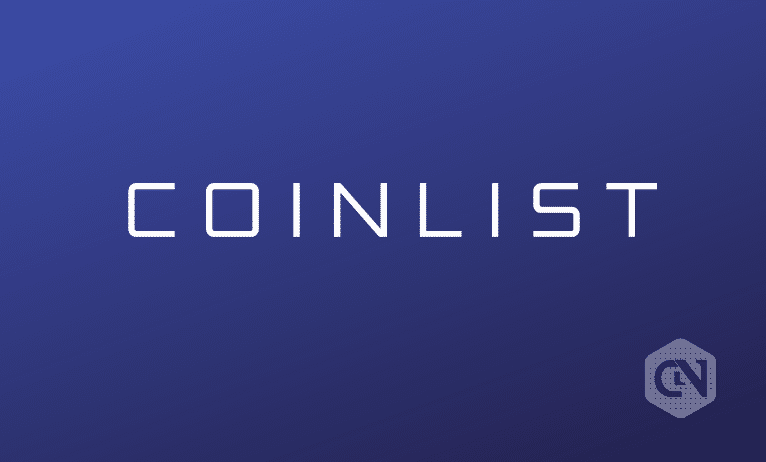Studying and analyzing risks is a mandatory step to take before you make a decision to invest in ICO. Choosing an ICO project can be compared with the work of venture capitalists – it requires an exceptional level of investment expertise and field knowledge to pick the right idea to pour your money into. However, people who invest in tokens are often not investment industry professionals. As a tool, ICO is available to an extremely wide range of private investors who may not be aware of the full range of risks it incorporates. In this article, we have listed the not-so-obvious risk factors you should consider when buying tokens.
Major risks of ICO investing:
1. Risks arising from the nature of the token.
From a technical point of view, a token is an entry in the ledger, which is part of a decentralized database – the blockchain. This entry, depending on the programming method and the functionality predetermined by the issuers, will either allow the token to be used to realize the rights stipulated in its release terms (for example, the right to discount or use the service underlying the asset), or in case of a scam, leave investors with an empty pocket.
2. Long investment period.
The unpredictable length of project’s implementation period is a big turn-off for investors. Firstly, if a project stalls, the token price will not increase. Secondly, time is a very valuable resource, and while developers will improve the product, its counterpart may already appear on the market and occupy its niche. To protect yourself, carefully review the project documentation, especially at the stages of a startup’s development, which are set out in the roadmap. How realistic do they look to you? Ideally, there should be a big change every 6 months throughout the duration of the project.
3. Risks associated with the quality of the ICO process and with subjective factors.
Investors are not insured against situational risks, such as obtaining incomplete or unreliable information about the concept of ICO; poor quality or incorrect application of the KYC rule (“know your customer”) in relation to issuers and investors; or incorrect structuring of investments in tokens. Some tokens may be forked for improvement. As a result, the clone may become more valuable than the original, which can more often occur when the token is not an integral part of the network.
4. No smart-contract.
The main feature of a scam is the absence of a smart contract, which specifies all the details of the transaction and ensures the safety of investors. The algorithm describes in detail the actions in which the parties can exchange money and assets. Reviewing the smart contract is vital to know the conditions for the sale of tokens, and they may differ from those stated in White Paper. Moreover, if the project begins negotiations with exchanges during the preparation of their ICO, most exchanges will request an audit of the smart contract and the smart contract itself. Its absence can mean, at a minimum, that start of token trading is not to be expected soon.
5. Hacker attacks.
Advertisement
According to statistics from Ernst & Young, about 10% of the funds raised during the ICO were stolen by hackers. Every month, ICO-projects suffer losses of about $ 1.5 million due to the actions of fraudsters. Hackers can take advantage of a vulnerability in the smart contract itself, as well as in an accompanying application, for example, for mobile devices. There are cases when hackers accessed the project site at the time of ICO and changed the numbers of the team’s wallets to their own.
Having gone through half of the risks, you can’t help but wonder if there is an easy way to consider all the factors at once. ICO ratings can be a big help for investors in assessing the level of risk involved in each ICO. Some of them conduct expert audits of projects before they enter the ICO: they evaluate ICOs according to numerous criteria related to the business model, technical component, marketing strategy, and token economics. The project receives a certain rating according to which investors can determine the investment attractiveness of the project, its weaknesses, and possible “red flags.” For example, ICO Rating allocates a “Low,” “Middle,” and “High” risk ratings to each of the listed ICO. This gives you a unique opportunity to prevent mistakes and financial losses due to the thorough evaluation of the ICOs by the website’s specialists. Now, further on with the risks:
6. Hype.
Many believe that if a project is all over the media, then this is automatically an indicator of a worthwhile project. Not necessarily. Why is hype not always good for an investor? Due to the fact that it creates psychological pressure on them – FOMO pushes potential investors to hastily put money into promising ICOs. Remember not to invest in projects that promise to make a revolution in some area. Usually, these are simply ambitious statements by creators and marketing profs which have no ground. The same factor applies to the stated amount of fees. High Hard Cap (over $ 10 million) is often not justified. In most cases, so much money for the project is not needed, and the ideologists of a startup want to hit a decent jackpot at the expense of the promoted ICO. There can be a lot of noise and “pumping” around the ICO to force investors to make emotional decisions. Subsequently, it may turn out that nothing stands behind all this. Often, the authors of the project are trying to just take advantage of the success of Bitcoin, Ethereum, and Dash, without offering anything new.
7. Tightening regulations.
The legal regime of ICO depends on the structure of the process, the underlying asset/idea, and the scope of rights granted by tokens. Investors may face the risk of qualifying ICO operations as a money laundering or terrorist financing mechanism. In addition, there is a very high risk that rules for regulating financial transactions, as well as rules for currency regulation and control will be applied to ICO soon.
8. Risks associated with the common geopolitical factors and the logic of financial market development.
The weakening of the “hype” wave and the complication of the ICO procedure due to incorrect, inoperative regulation, the potential drop in quotations and blowdown of the bitcoin bubble and other cryptocurrencies, as well as possible problems in the blockchain technology itself, can be attributed to this category of risk. Given the insufficient legislative regulation of ICOs in national legal systems, any investor at every stage of an ICO should act with reasonable caution.
9. Misleading information provided by the team.
Projects that have been convicted of fraud include such features as a fake team or non-existing partnerships (you can check the registries of the country of registration).
10. Lack of project’s audit data.
Advertisement
It’s a rare case when an ICO team turns to an established audit firm to check the feasibility of its financial aspirations.
A potential investor should consider each risk factor from the standpoint of its influence on the project itself and further prices of tokens. It is very important to understand from the beginning what technology you are investing in, how much market volume it can achieve, where this technology will be implemented in the future, and whether the selected project has a high rate of competition.







